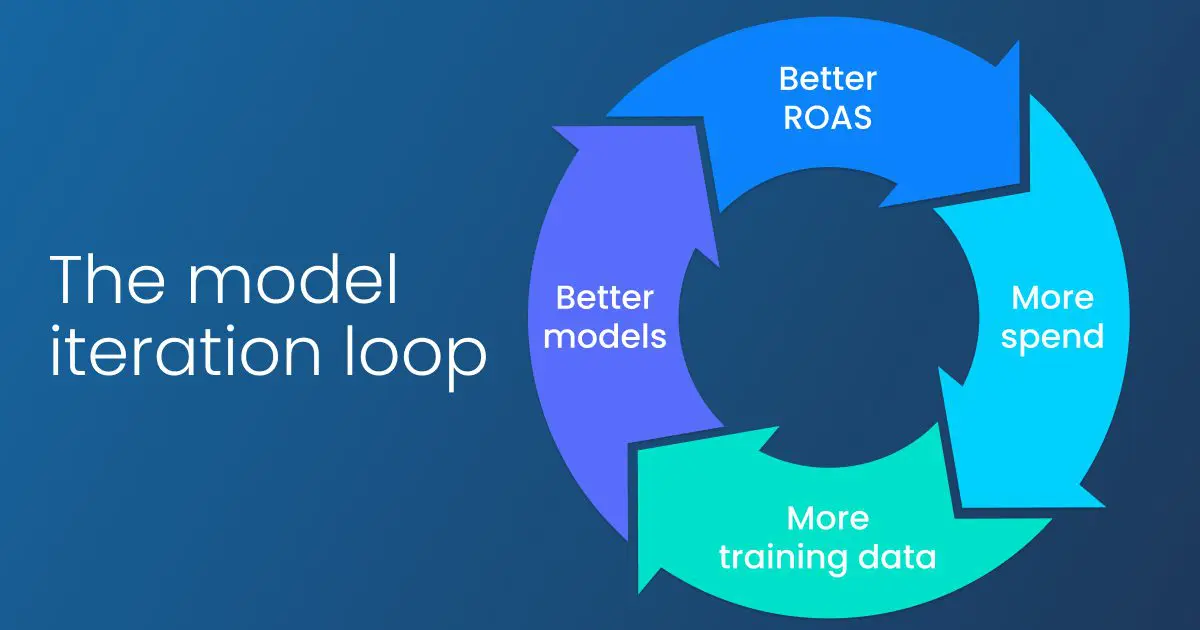Less than a year after the enforcement of ATT, Google has announced plans to extend its Privacy Sandbox to include apps on Android devices. While we don’t yet know the details of how or exactly when Google will limit advertisers collecting device IDs (they’ve said cross-app tracking with the Google Advertising IDs will remain in place for the next two years), we do know change is coming.
If Apple’s opt-in rates are any indication, we can expect the percentage of Android users consenting to share their personal data with advertisers to be similarly low. According to Statista, in September 2021, only 21% of Apple users had opted in to ad tracking. With the Android OS making up nearly 70% of the global market share, the pool of identifiable app users is going to decrease significantly.
With the landscape shifting out from under the industry, we have to acknowledge that what worked before won’t necessarily work going forward. Simply relying on user profiles will no longer suffice. Advertisers will have to rely more and more on contextual signals to predict user behavior. But non-personalized advertising presents new challenges. How can DSPs, on behalf of advertisers and agencies, adapt their bidding strategies to continue to drive performance? One way we do this at LifeStreet is by leveraging machine learning systems that are designed to quickly and effectively ingest and test new contextual signals in their models. Let’s take a look at how that can happen.
The predictive power of machine learning
Before we jump into why performance marketers should lean on machine learning to incorporate new non-personalized signals, it’s helpful to have a basic understanding of how ML is typically applied in the context of advertising. Machine learning can be used to predict the future by finding patterns in historical data. The underlying assumption is that future campaign behavior will be similar to historical behavior. Allowing a DSP to predict the probability of desired outcomes, such as how likely is it:
- That a user will install the app, if we show them this ad?
- That a user will open the app X number of days after installing?
- That they will make an In-App Purchase (IAP)?
Each of these models outputs a probability between zero and one, which can be combined using a bidding formula to produce a bid.
When machine learning has access to a device ID, it’s possible to match it to a user profile in a database. For example, when the IDFA or GAID is passed in the bid request, the DSP can look up the device ID in their DMP and see that a user has an affinity for card games, suggesting that (based on past experience) they are 200% more likely to install a related title. Until recently, investing in these user profiles has been the key differentiator for DSPs and other ad platforms.
When a persistent identifier is not available, DSPs must adapt their systems to rely solely on non-personalized signals. Combined together, these signals can help replace the loss of the device profiles. Investing in new contextual signals is critical to driving performance. Each new signal is iteratively tested by adding it to an existing model and evaluating it on hold-out data. If it doesn’t move the needle, then the signal is not used. If it does have a positive impact, then the model is tested on live traffic.
Testing, testing, 1, 2, 3
When a persistent identifier is not available, DSPs must adapt their systems to rely solely on non-personalized signals. Combined together, these signals can help replace the loss of the device profiles. Investing in new contextual signals is critical to driving performance. Each new signal is iteratively tested by adding it to an existing model and evaluating it on hold-out data. If it doesn’t move the needle, then the signal is not used. If it does have a positive impact, then the model is tested on live traffic.
Keep it moving
Finding models that drive performance in the new non-personalized world we’re moving into requires continuous experimentation. With the right tools and the right programmatic partners, it is possible to identify the signals to build models that:
- Make more accurate predictions
- Perform well in real-world bidding formulas
- Can be continually tested to find better and better results
- Machine learning is evolving and continues to be a key tool for maximizing advertiser performance.
New types of data and new modeling techniques will offer ongoing opportunities for improvement. The teams that succeed are the teams that can move quickest through the model iteration loop.
Article reposted with permission from Business of Apps.
